RevOps pros are a little like honey bees.
Hardworking, analytical, problem-solving honey bees, that is.
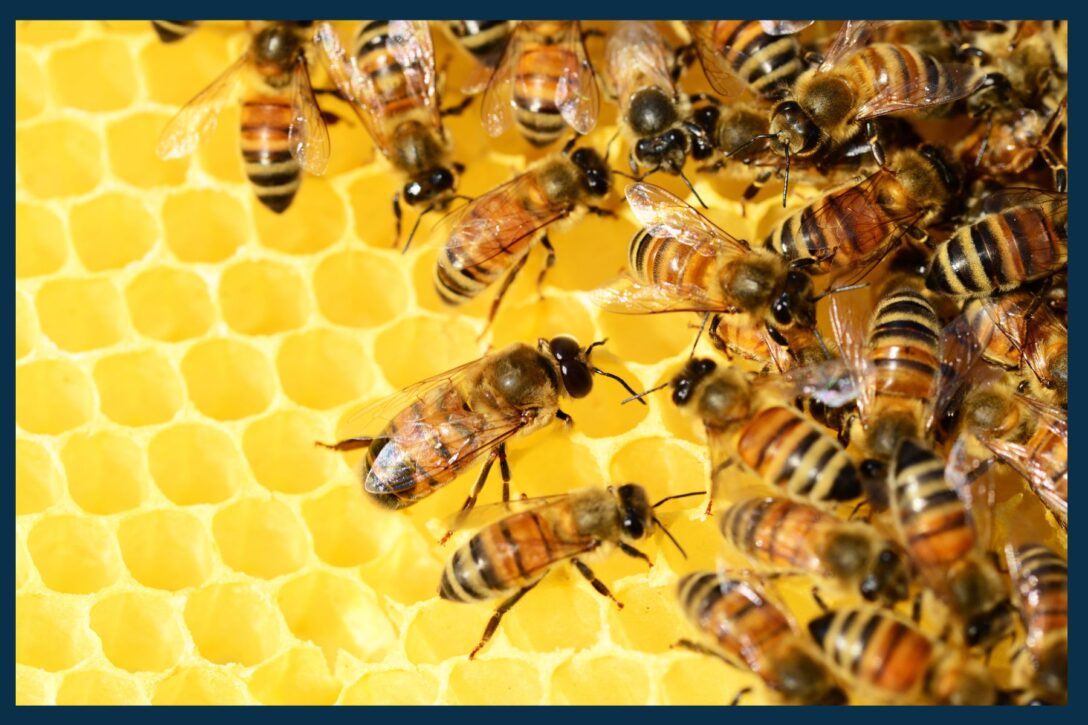
In the early days of operations (circa 2015), ops pros were given one primary charge: grow more revenue and scale using automation, like bees buzzing from flower to flower, gathering more nectar to produce honey.
Then came 2023.
Economic conditions took a downward trend, spawning layoffs and tech stack consolidations. The bees are now tasked with guarding the hive and all the precious honey they have so diligently produced.
This is revenue protection.
As a result, our RevOps team here at LeanData is doing things a bit differently. We’re still focusing on revenue generation, but now also investing our time in a revenue protection strategy.
I call this shift the four Ps.
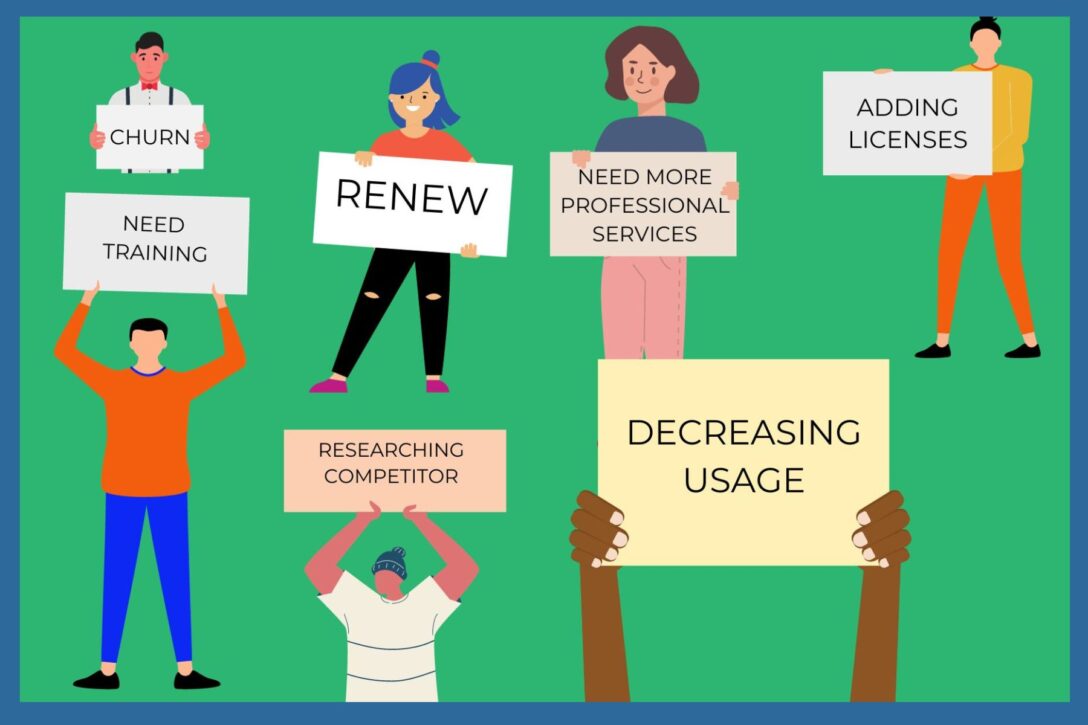
P #1: People Intent
Looking at all the people we know at an organization who are our customers, are they giving us any early warning signs of intent?
- Intent to churn
- Researching our competitors
- Reading articles on our website for more education
As ops pros, it’s our responsibility to collect all the intent signals coming in and convert those signals into actions our internal teams can take. Intent signals help us understand what our customers may be thinking — things they may not disclose at a scheduled account check-in.
Our RevOps team uses 6sense, G2, Clearbit, and LeanData automated alerts to orchestrate plays that identify customers who are manifesting intent signals. Our automated alerts contain rich contextual details like buying stage, profile fit, keywords researched, and number of won or lost opportunities along with specific calls to action so account managers (AMs) and customer service managers (CSMs) know what to do next.
P #2 People Movement
In a job market where 2.5% of workers (about 4 million) switched jobs each month in 2022, it’s important to know if you have the right people in the customer account, and know if they are moving. Key stakeholders and points of contact are critical to retaining your business.
As a RevOps team, we want to alert our reps or CSMs whose account points of contact have moved on, changed, or maybe even been promoted. Why not congratulate them and send a gift, preserving that relationship?
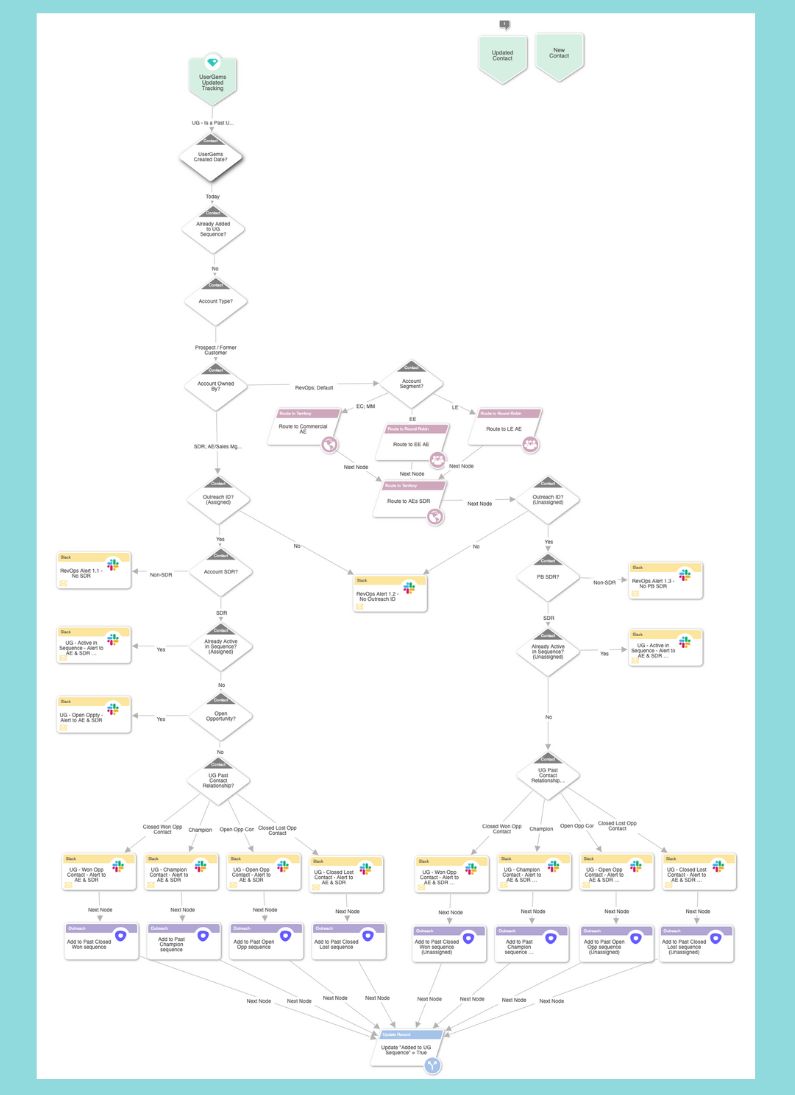
At LeanData, we track our champions through UserGems. The LeanData routing scheduler automatically creates or updates new records for job changes detected by UserGems. Then, LeanData automates Slack alerts to the appropriate AE or SDR with context and the appropriate call to action. And last, the flow automatically enrolls the contact into a persona-based Outreach sequence. This is a revenue generation play.
The revenue protection play involves alerting the CSM if a key stakeholder has left a customer account. This alert prompts the CSM to research the account, build other relationships, and ask for introductions.
Former customers refer more people, promote your business, and have a higher chance of converting. They already have a good understanding of your product and don’t need the education or extensive meetings characteristic of the typical SaaS sales process.
Tracking your customers’ movement, whether internally or externally, is another great way to protect revenue.
P #3 Partnerships
At LeanData, our product works really well with our integration partners, so it’s important to know where customers overlap. This creates opportunities to drive value and synergies across the two products or platforms. We want to make sure that we are sharing best practices we’ve seen across our most successful customers. This brings them more value.
Our RevOps team uses LeanData’s Crossbeam integration node to automate this process in three steps:
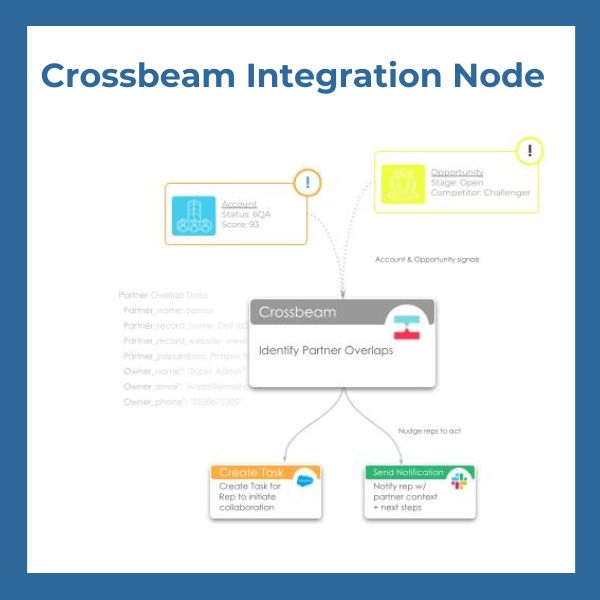
- Look at an open opportunity to identify partner relationships
- Create a task in Salesforce for the sales rep to initiate collaboration
- Send a Slack notification to the sales rep that includes partner context and next steps
When the deal closes, another Slack notification is also sent to a member of the LeanData Professional Services (PS) team. This notification shares the new customer’s partner technology overlaps to ensure that during the implementation process, the PS team can review all partner overlaps to drive value.
Post implementation, we alert the CSM and AM of any new partner overlaps so they can continue to drive value through integration adoption.
Automating partner data and being able to bubble up the right information at the right time has proven to be an excellent strategy for revenue protection.
P #4 Product
Product usage is another valuable source of information that supports our efforts at revenue protection. Our RevOps team looks for any signals from our product that would indicate we need to have a conversation with our customers. With specific parameters in place, these signals trigger the LeanData platform to alert the CSM and AM on customer product usage and the appropriate next steps.
Historically, we noticed increased product usage by our customers, leading us to initiate an upsell play. Now, as we monitor usage, we look for sudden movements in licensing. We lean in and try to understand what’s going on with our customer’s business. We consider questions like:
- Has our customer reorganized or reduced their Sales team?
- Do we need to partner with our customer and adjust their contract?
- Do we need to help our customer with integrations?
If a customer is under-utilized, consider adjusting their contract and meet them where they’re at. When the economy picks up, you’ll be right there with them. Adjusting protects your revenue for the future rather than fully churning. If your customer has layoffs, call them and ask how they’re doing. Be a business partner, not a check-taker. Show your customers how you are protecting your revenue and share your advice.
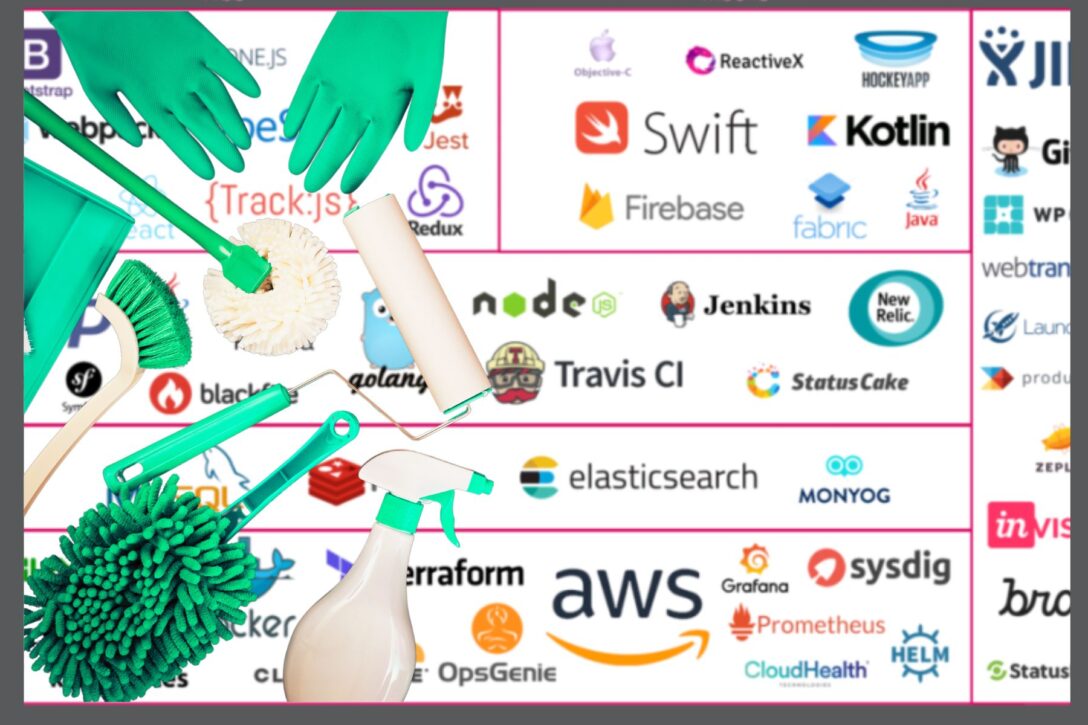
Prepare Your Team for Better Days Ahead
For ops pros, it’s invaluable to know how to scale and know when to pull back. In a down market, priorities shift in RevOps: our spending, the size of our team, and where we allocate our time. While the four Ps may sound very similar to revenue generation, for us, these four pillars serve as revenue protection too.
Ops pros have to be responsive, but also make sure that our response doesn’t limit us down the road. So, in preparation for the up economy (which always follows a down economy), my team is cleaning house. We’re checking the foundation of our tech stack and processes so that when things pick back up, we’ll be ready.










